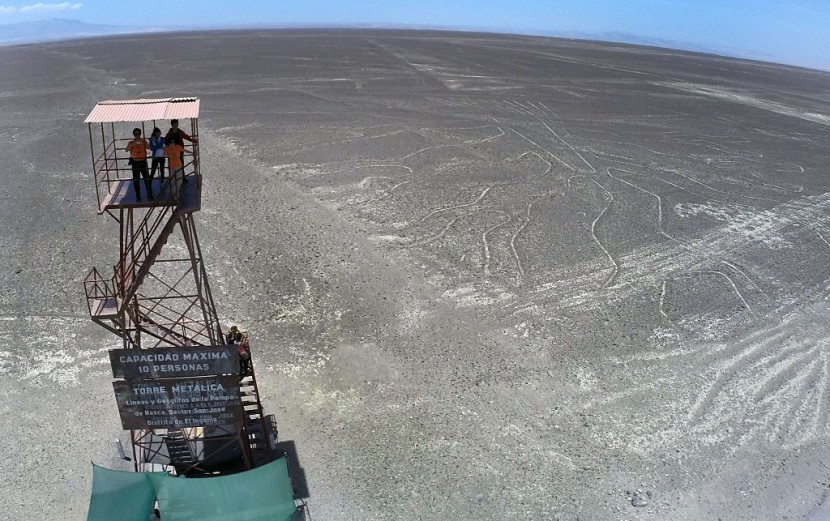
More Nazca geoglyphs are discovered in the Peruvian desert by scientists, but on there are more like 168 just found.
Mystery of the Nazca Geoglyphs
The lines in the desert in Peru can only be seen from the sky as if the gods are looking down on them. More of these lines are out there, and many are fading, reported Science Alert.
A Peruvian archeologist told the Guardian that only 5% of the lines in the desert had been discovered. Researchers from the Yamagata University in Japan are now collaborating with local archaeologists to alter that. One proof is the newest ancient lines almost double the previous number of known designs.
The use of drones to survey aerial images in the south of Peru has found 168 new geoglyphs in the Nazca Lines, according to UNESCO World Heritage Site.
All 50 of these large-scale geographical markings show human-like figures. An example is one of the humanoid appearances like Homer Simpson. Other designs seen from the sky on the expanse of land are birds, felines, and snakes, with geometric trapezoidal forms or simple lines.
The exact age of the Nazca lines is unknown, but the discovered clay pots near the line are dated between 100 BCE and 300 CE.
The Peruvian Desert's Secrets
Most of the ancient Nazca geoglyphs are gouged into a flat terrain, making them hard to view from nearby viewpoints. Since the lines were formed by removing stones and debris to reveal differentiating earth from beneath, erosion has contributed to challenges throughout their discovery.
Drones now serve as our celestial eyes in the skies. Specialists can see the Nazca Lines in the Peruvian desert more clearly than before, thanks to such aircraft.
Some of the knowledge they are accumulating is even evaluated by artificial intelligence programs, which can choose out different patterns more quickly and accurately than the naked eye.
Through 2019, a fresh Nazca line layout has been originally found by AI. The Nazca lines are among humankind's most fascinating conundrums, and even if archaeologists discover more, more may be needed to bring a closer understanding of their purpose.
For a certain reason, communities in southern Peru constructed simple lines, shapes, and figures across the landscape from 500 BCE to 500 CE, many of which can only be seen in their entirety from straightforwardly above.
These same lines have been perceived in various ways over the years, but perhaps the most popular explanation is that they were intended for divine beings in the sky who'd been staring down at humans. Some other leading explanations indicate such figures and designs have been derived for ritually astronomical reasons and were meant somehow to represent the stars.
Only around 30 "geoglyphs" had already been found when a segment of the Nazca desert was named a World Heritage Site in 1994, as well as a large percentage of them consisted of portrayals of plants and animals.
Since it turns out, that was only the tip of the iceberg. By 2019, archaeologists must have found virtually 200 geoglyphs in total, many of which illustrated anthropomorphic figures.
With all these newest additions unearthed by scientists from Yamagata University, this same official number of actual Nazca lines has become 358. The Nazca geoglyphs were recently found in the Peruvian desert, and scientists look forward to finding more.








